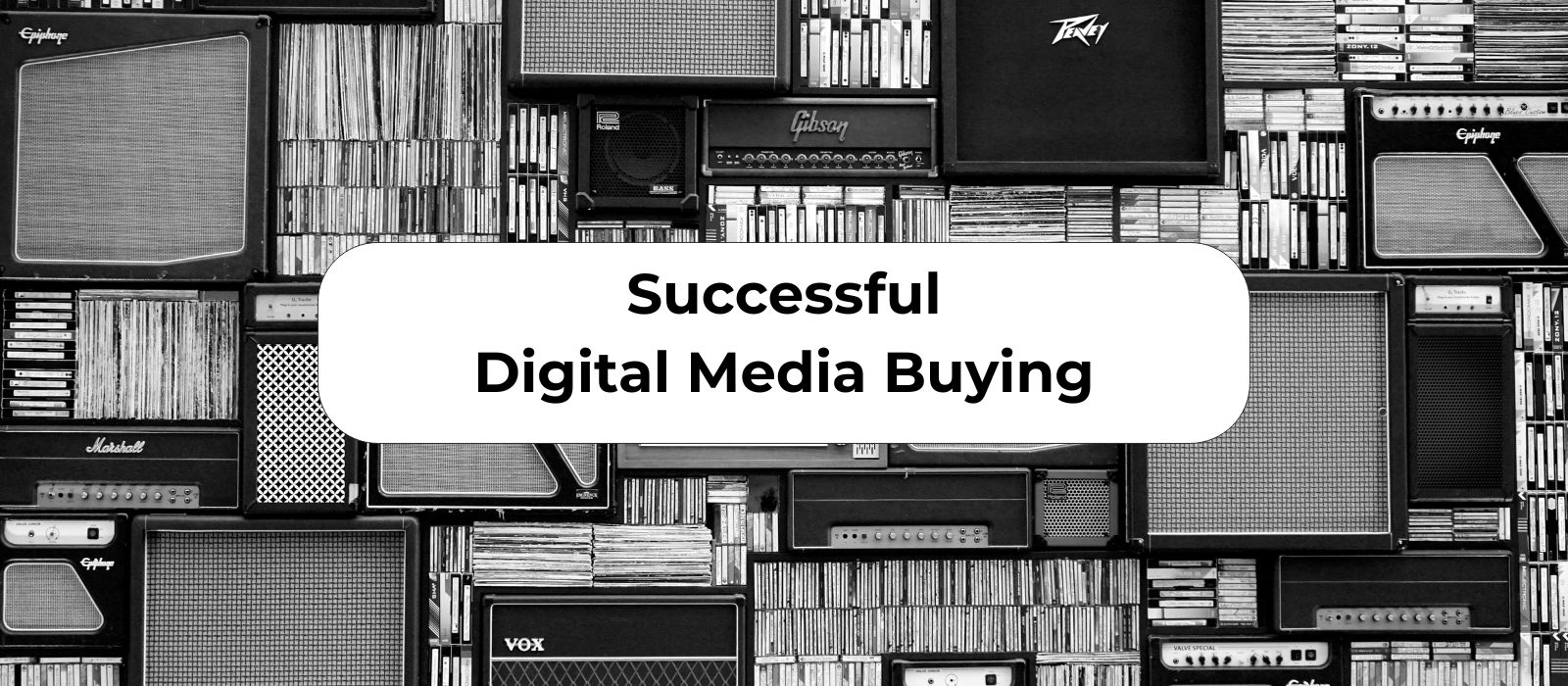Understand your audience
Set clear objectives
Choose the right channels

Optimize your ads
Once your ads are live, it’s important to monitor and optimize them to ensure they are performing well. This includes analyzing data on ad performance, such as click-through rate (CTR) and conversion rate, and making adjustments as needed. This can include testing different ad formats, targeting options, and ad creatives to see which perform best. Additionally, it’s important to consider the placement of your ads, as different locations on a website or platform can have a significant impact on performance.
Use targeting options
Measure and analyze data
Digital media buying allows you to track and analyze data in real-time, which can help you understand the performance of your campaign and make adjustments as needed. This includes monitoring metrics such as clicks, impressions, and conversions. It’s important to use analytics tools to track and analyze your data and make data-driven decisions.


